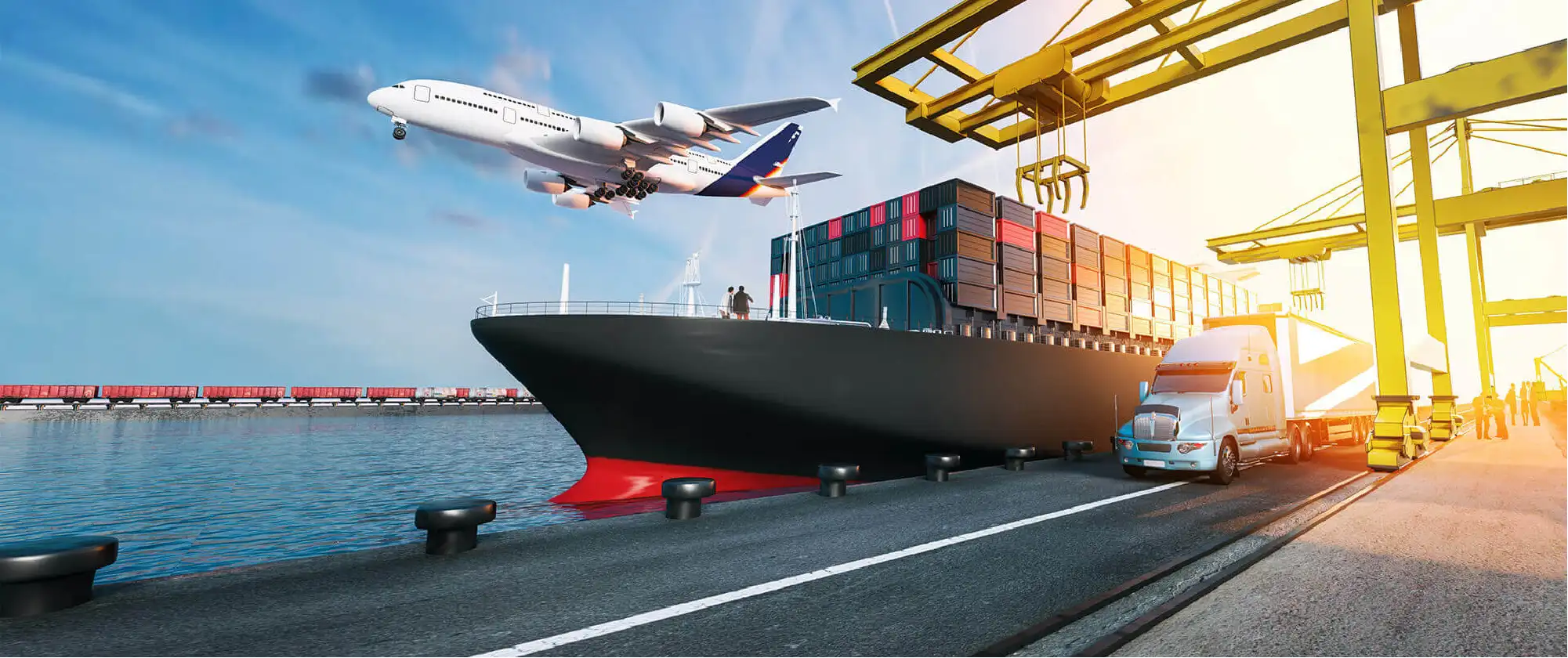In an increasingly interconnected world, the need for safe and reliable transit options has never been more critical. Whether for daily commutes, long-distance travel, or logistics, understanding what constitutes the safest transit can significantly impact our lives and businesses. This article delves into various transit modes, evaluates their safety records, and provides practical insights to help you make informed decisions.
Understanding Transit Safety
Transit safety encompasses a range of factors, including accident rates, infrastructure quality, regulatory oversight, and emergency response protocols. Each mode of transit—be it road, rail, air, or maritime—has its unique safety considerations. To determine the safest transit option, we must analyze these factors comprehensively.
- Road Transit: Balancing Convenience and Safety
Road transit remains one of the most common forms of transportation globally. However, it is also associated with a high incidence of accidents. According to the World Health Organization, approximately 1.35 million people die each year due to road traffic accidents. Factors contributing to road safety include:
- Vehicle Maintenance: Regular inspections and maintenance can prevent mechanical failures that lead to accidents.
- Driver Behavior: Distracted driving, speeding, and driving under the influence are significant risk factors. Implementing strict laws and educational campaigns can mitigate these risks.
- Infrastructure Quality: Well-maintained roads, clear signage, and effective traffic management systems are crucial for enhancing road safety.
- Rail Transit: A Reliable Alternative
Rail transit is often considered one of the safest modes of transportation. According to the Federal Railroad Administration, the accident rate for rail travel is significantly lower than that of road travel. Key safety features of rail transit include:
- Dedicated Tracks: Trains operate on exclusive tracks, reducing the likelihood of collisions with other vehicles.
- Advanced Signaling Systems: Modern rail systems utilize sophisticated signaling technology to prevent accidents and manage train movements efficiently.
- Regulatory Oversight: Rail operators are subject to stringent safety regulations, ensuring compliance with safety standards.
- Air Transit: The Pinnacle of Safety
Air travel is frequently touted as the safest mode of transportation. The aviation industry has made remarkable strides in safety, with a fatal accident rate of just 0.07 per million flights. Factors contributing to air transit safety include:
- Rigorous Training: Pilots undergo extensive training and recurrent evaluations to ensure they are equipped to handle emergencies.
- Advanced Technology: Aircraft are equipped with state-of-the-art technology, including collision avoidance systems and automated flight controls.
- Stringent Regulations: The Federal Aviation Administration (FAA) and international bodies enforce strict safety regulations that airlines must adhere to.
- Maritime Transit: Safety at Sea
Maritime transit, while often overlooked, is a vital component of global trade and travel. The safety of maritime transport is influenced by several factors:
- Vessel Maintenance: Regular inspections and adherence to safety protocols are essential for preventing accidents at sea.
- Crew Training: Well-trained crews are crucial for navigating challenging conditions and responding to emergencies.
- Weather Monitoring: Advanced meteorological tools help vessels avoid dangerous weather, enhancing safety at sea.
- Emerging Technologies and Safety Innovations
As technology evolves, so do the safety measures across various transit modes. Innovations such as autonomous vehicles, smart traffic management systems, and real-time monitoring of transit conditions are paving the way for safer travel. For instance, autonomous vehicles are designed to minimize human error, which is a leading cause of road accidents. Similarly, smart traffic systems can optimize traffic flow and reduce congestion, further enhancing road safety.
Conclusion: Making Informed Transit Choices
When considering what constitutes the safest transit, it is essential to evaluate the specific context of your travel needs. While air travel may be the safest option for long distances, rail transit offers a reliable alternative for shorter journeys. Road transit, despite its risks, can be made safer through responsible driving and infrastructure improvements.


